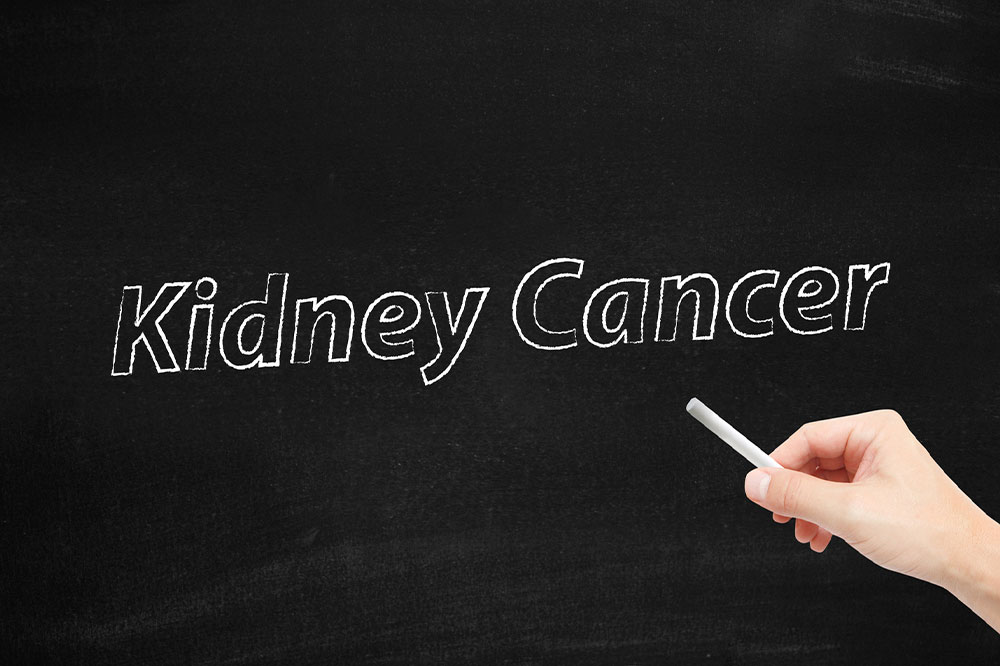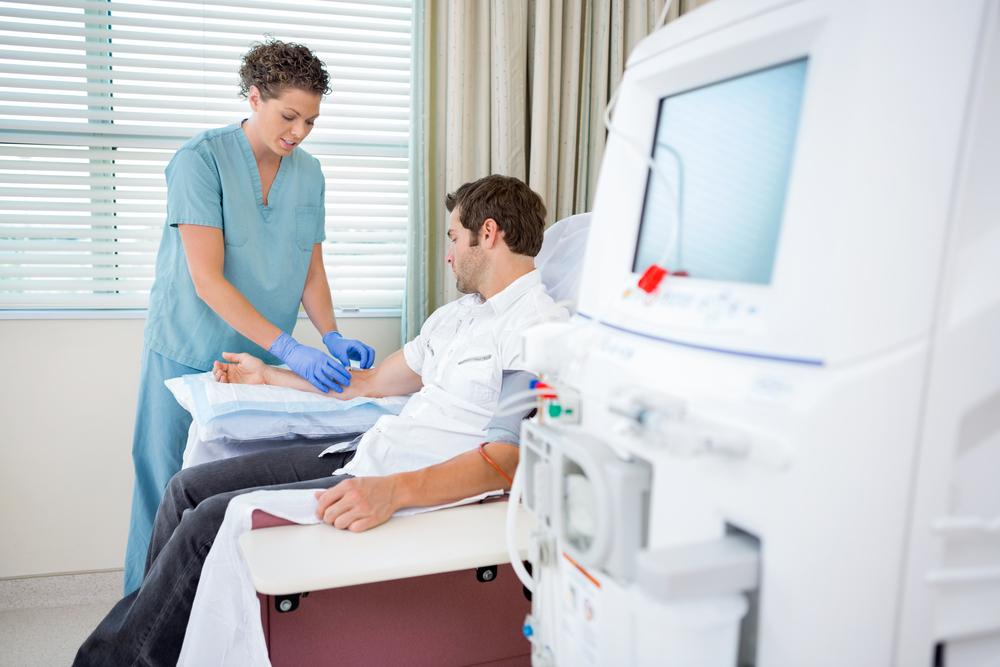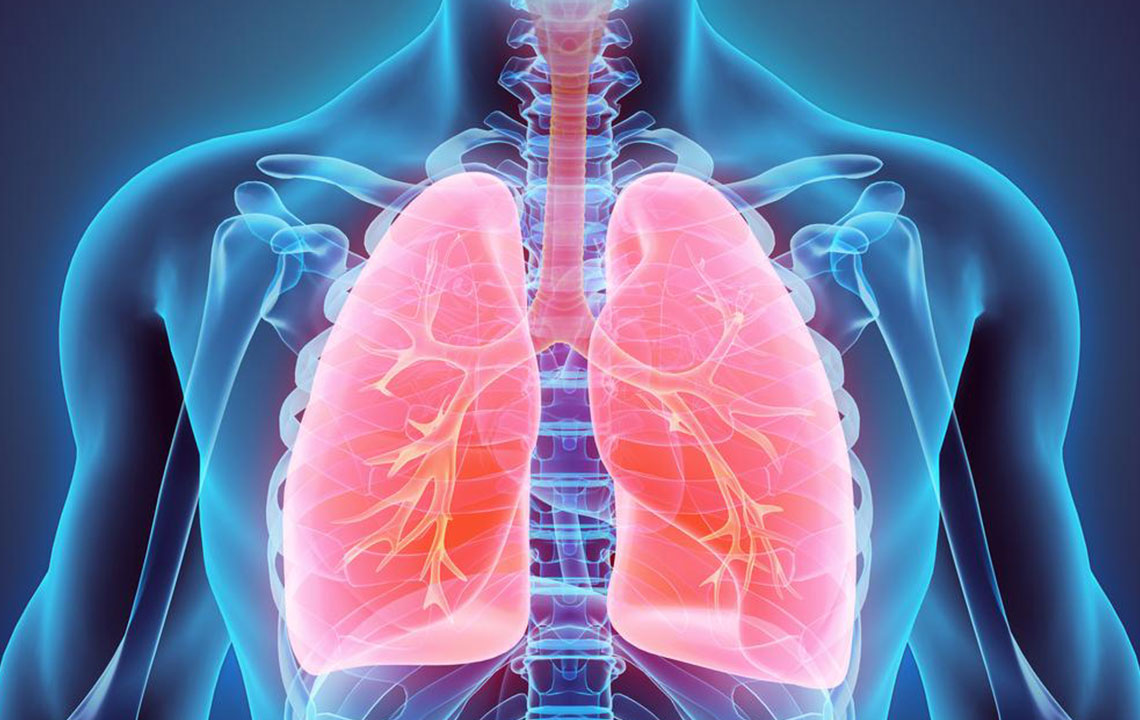Understanding Kidney Cancer: Symptoms, Stages, and Treatment Options
This article provides a comprehensive overview of kidney cancer, including its symptoms, stages, causes, and treatment options. It emphasizes the importance of early detection and lifestyle changes to reduce risk. Understanding the stages helps guide effective treatment plans, which may include surgery or targeted therapies. Regular health check-ups and managing risk factors are essential for prevention and better outcomes.

Understanding Kidney Cancer: Symptoms, Stages, and Treatment Options
Kidney cancer originates in the kidney tissues when abnormal cells grow uncontrollably. Common signs include blood in the urine, unexplained weight loss, and a sudden loss of appetite. Additional symptoms may involve flank pain, high blood pressure, fatigue, and persistent fever. Treatment approaches include surgery, radiation therapy, and chemotherapy.
The kidneys are two vital bean-shaped organs, roughly the size of a fist, responsible for filtering blood to remove excess water, salts, and waste, forming urine. Urine collects in the renal pelvis before passing through the ureters. Besides filtration, kidneys regulate blood pressure via renin and stimulate red blood cell production with erythropoietin.
While the exact causes of kidney cancer are not fully understood, genetic mutations in kidney cells lead to uncontrolled growth. These mutated cells can form tumors, which may invade nearby tissues or metastasize to other parts of the body. Prognosis and survival rates depend on the cancer stage at detection. The five-year survival rate indicates the percentage of patients living at least five years post-diagnosis, varying by stage.
Early-stage kidney cancer often shows no symptoms. As the disease progresses, signs such as hematuria, persistent back pain, weight loss, fatigue, and prolonged fever may appear.
Staging categorizes cancer based on its location and spread. It guides treatment choices and ranges from Stage 1 (tumor confined to the kidney, not exceeding 7 cm) to Stage 4 (cancer spread beyond the kidney to other organs). Accurate staging considers tumor size, lymph node involvement, and tissue spread.
In Stage 1, treatment usually involves surgical removal of the tumor (partial nephrectomy). For Stage 2, complete removal of the kidney (radical nephrectomy) may be performed. As cancer advances to Stage 3, removal of the affected kidney along with nearby lymph nodes and tissues is common. Stage 4 often requires targeted therapies or immunotherapy, especially if the cancer has metastasized.
Although the precise causes remain unknown, reducing risk factors—such as controlling high blood pressure, maintaining a healthy weight, exercising regularly, and eating a diet rich in fruits and vegetables—may help lower the likelihood of developing kidney cancer.










